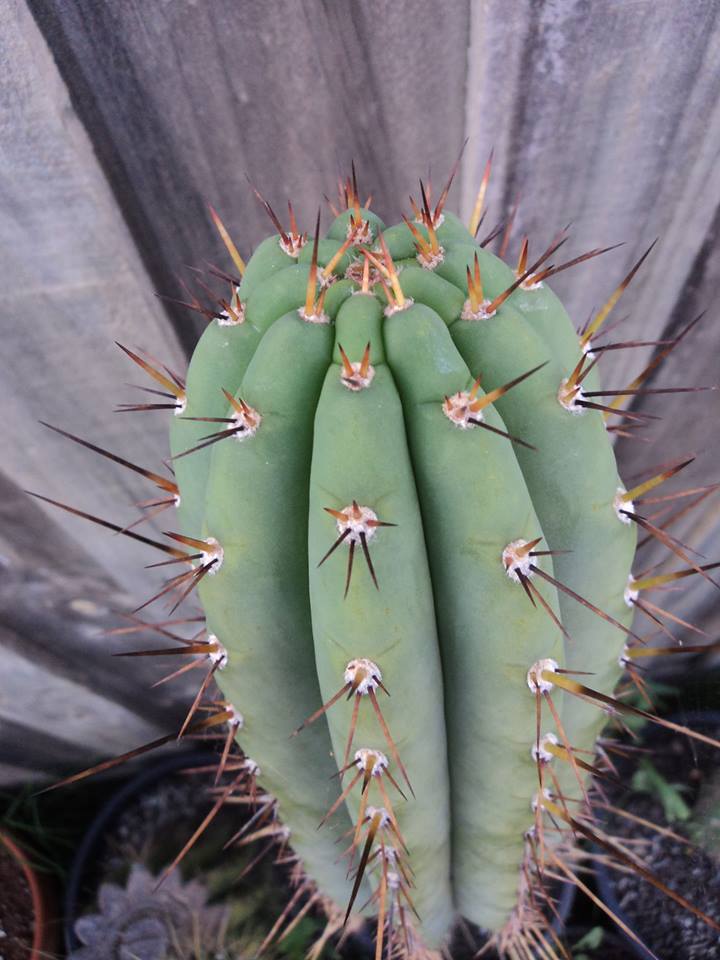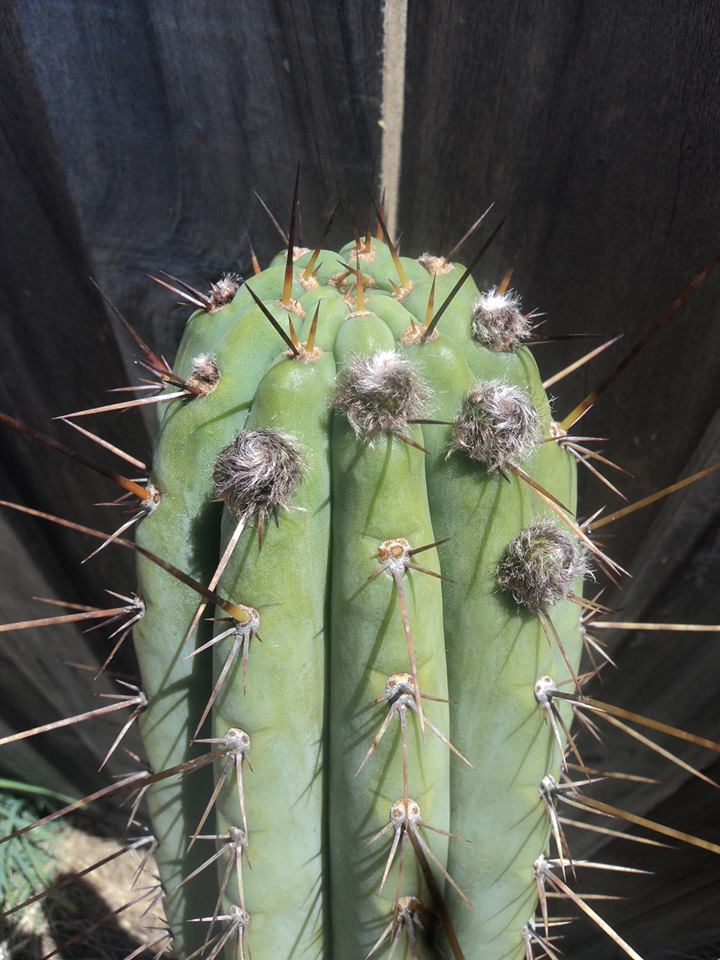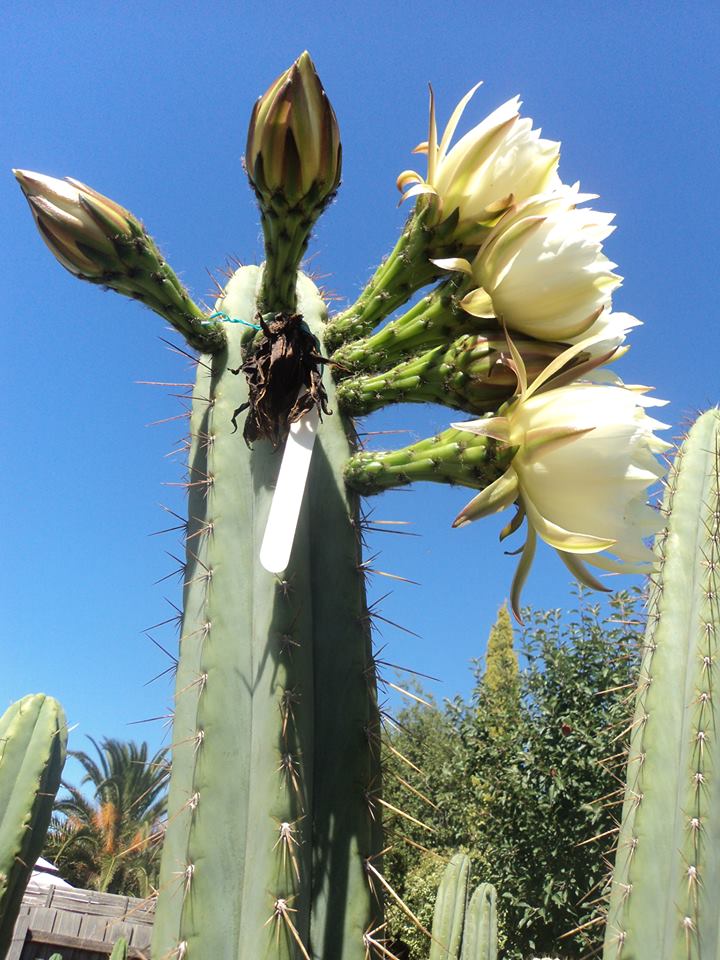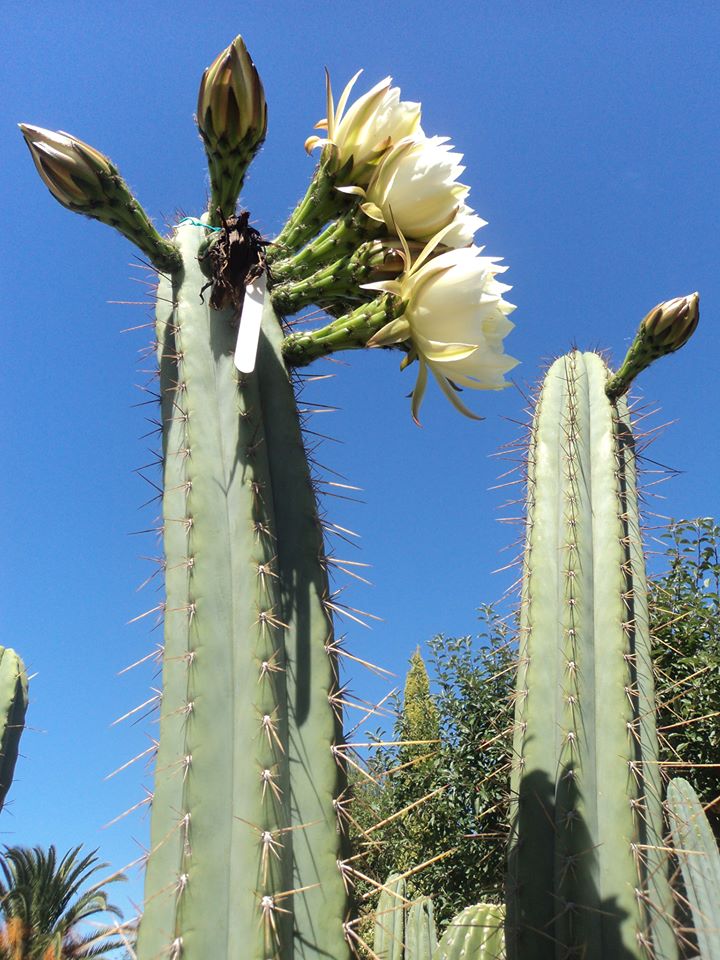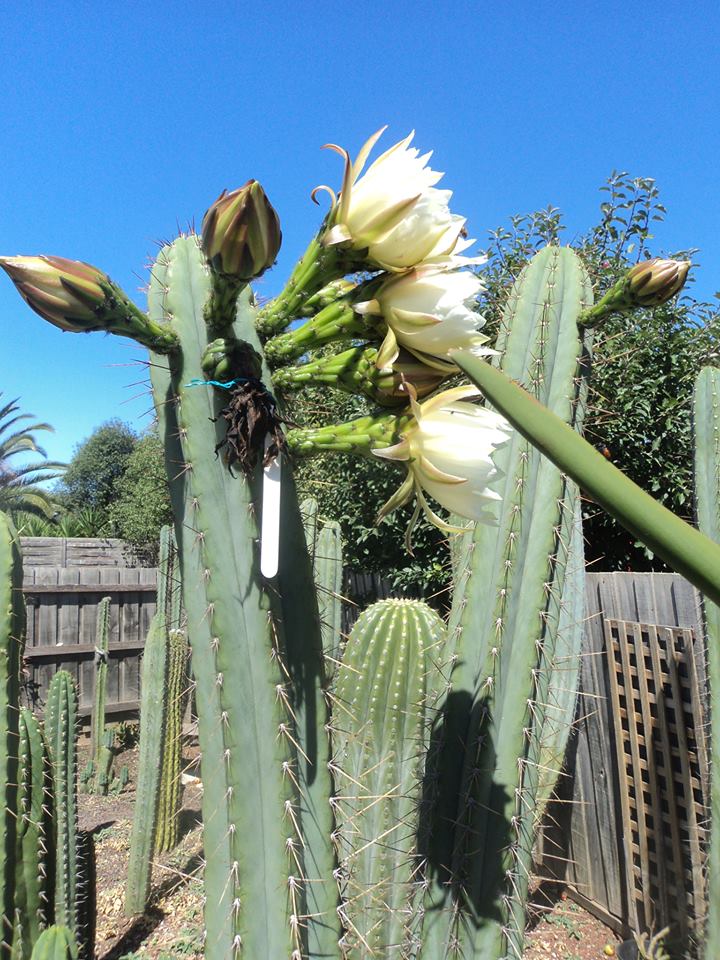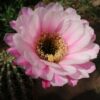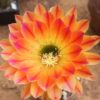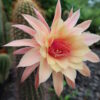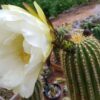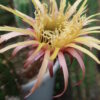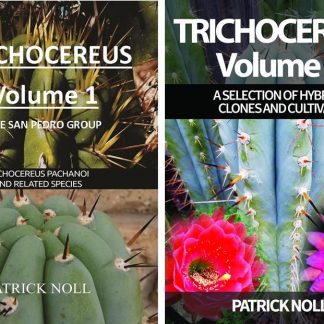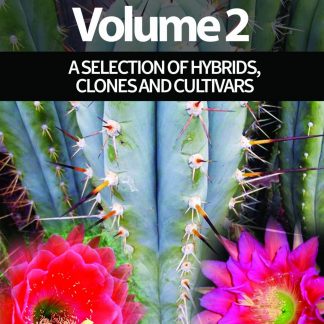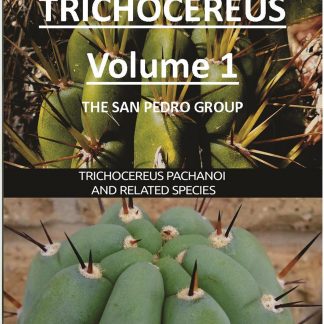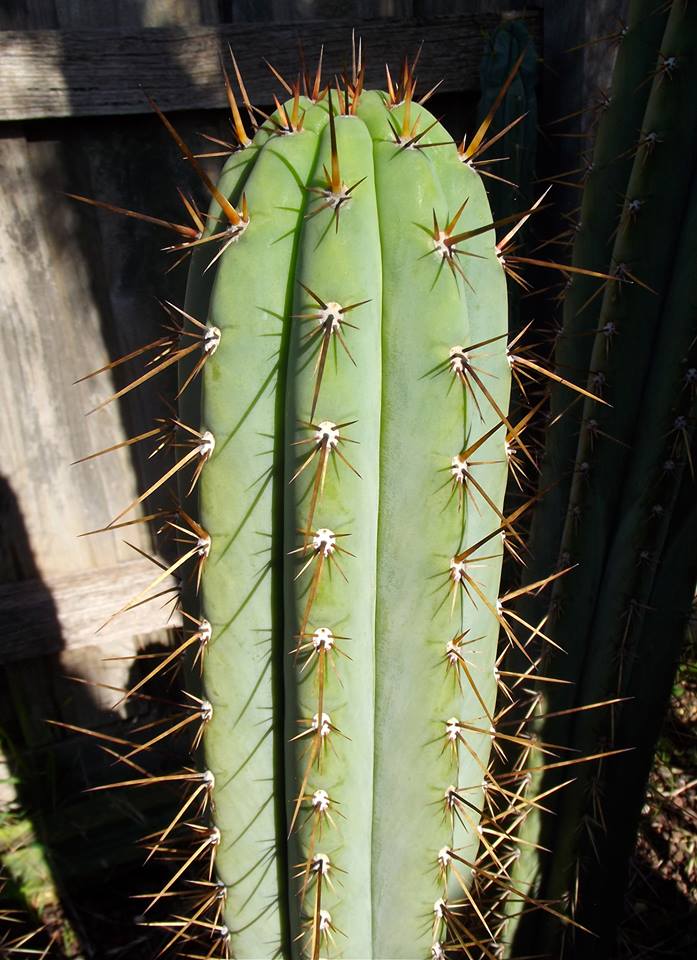
Trichocereus macrogonus ‘Fields’, also known as Fields Macrogonus is a Trichocereus that was originally part of the legendary Fields collection in Australia. The collection was founded in the early days of cactus collecting. Most of the plants from Fields, including the Fields Macro, were brought to Australia through Harry Blossfeld´s South America expedition. This was long before all the import restrictions on plants and cacti were put in place. The garden is now owned by Robert Fields, who took over the garden from his father, the person who began with the collection.
Now back to the history of the Fields Macro. Harry Blossfeld, who was a field botanist, offered some cactus shares to finance his 1935 South America Expedition and Mr. Field was one of the people who took the chance to invest in it. In return, he received some very cool cacti that grew in what is known as the “Field´s Collection”. In addition, Mr. Field seems to have bought some plants or seeds from Friedrich Ritter, because some of their plants were (at least officially) discovered by Ritter, such as Trichocereus knuthianus.
This Fields Macro, also known as Trichocereus macrogonus ‘Fields’, is one of the oldest confirmed specimens of Trichocereus macrogonus that are labeled as such. Of course there are still plants around from the early days of cactus taxonomy, but the majority of them have lost their labels.
At the time of the expeditions, Britton and Rose had just described their Trichocereus species Trichocereus pachanoi, Trichocereus bridgesii and Trichocereus peruvianus and Trichocereus macrogonus was still a very well known species, even more well-known than Trichocereus peruvianus.
There are a lot of plants labeled Trichocereus macrogonus on the market today, but the great confusion surrounding the name makes it very hard to differentiate between the ones that were originally called Trichocereus macrogonus and the ones that modern nurseries or seed collectors just identified themselves. On the commercial seed market, you can get all kinds of different species under the name Trichocereus macrogonus and plants from the commercial market are generally unfit to be used as standard for Trichocereus macrogonus.
Most Trichocereus macrogonus strains from Peru usually fall into the species Trichocereus peruvianus, which is why I think both names are at least partially synonymous.
In addition, the original description of T.macrogonus was very incomplete. There is no country of origin, no good photos from the earliest examples of Cereus macrogonus, no Herbarium specimen, no early flower description etc.
From the time when Britton and Rose described T. peruvianus, the original Trichocereus macrogonus was never found again and today no one really knows which plant was originally described in the description. And because of that, an early example of Trichocereus macrogonus that goes back to the 1930s is a great thing! If you are interested in the history of Trichocereus Macrogonus, check out my article here:
Trichocereus macrogonus / Echinopsis macrogona
Personally, I think the Fields Macrogonus looks very much like a Matucana Peruvianus such as Icaro DNA or Los Gentiles. This particular form of Trichocereus peruvianus has brown spines and is very close to the overall description of Cereus peruvianus.
Pictures: By Rodni! Thank you very much!
Photos of FIELDS MACROGONUS
Fields Macrogonus
Check out our main plant database pages for Trichocereus pachanoi aka Echinopsis pachanoi here:
And Trichocereus bridgesii here:
Trichocereus scopulicola
Also check out our Trichocereus Facebook group here:

